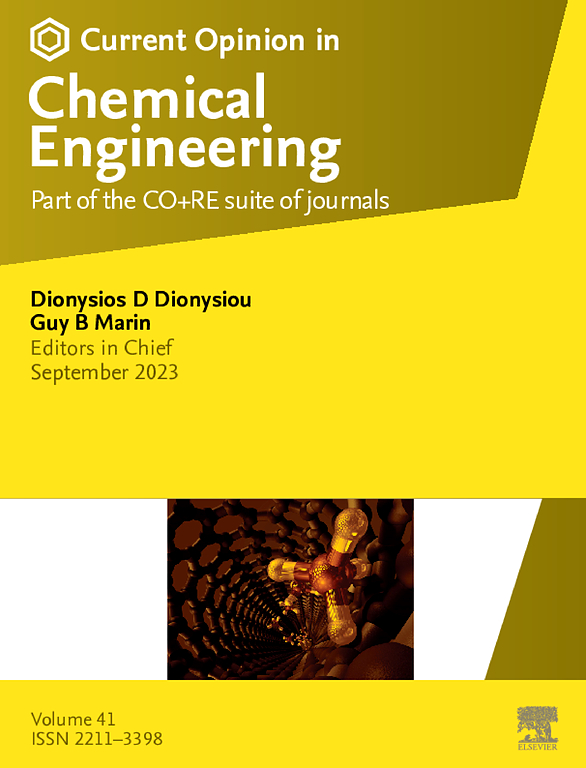Techno-economic perspective on the limitations and prospects of ion-exchange membrane technologies
IF 6.8
2区 工程技术
Q1 BIOTECHNOLOGY & APPLIED MICROBIOLOGY
引用次数: 0
Abstract
The development of ion-exchange membrane (IEM) technologies is critical to achieving global sustainable development goals in the sectors of water desalination, energy storage, and chemical production. However, the commercialization of these technologies hinges on enhancing their techno-economic viability, which can be achieved by improving IEM performance. In this work, we review the economic feasibility of several IEM processes, highlighting common challenges that need to be addressed to improve their viability. Aqueous separation technologies show the most promise, while energy and chemical production technologies require both improvements in IEM performance and reductions in stack costs to become economically viable. By analyzing the IEM contribution to capital and operating costs, we identify materials design criteria for reducing electrochemical inefficiencies and achieving cost targets for membrane production.
从技术经济角度看离子交换膜技术的局限性和前景
离子交换膜(IEM)技术的发展对于实现海水淡化、能源储存和化学生产领域的全球可持续发展目标至关重要。然而,这些技术的商业化取决于提高其技术经济可行性,这可以通过提高IEM性能来实现。在这项工作中,我们回顾了几个IEM过程的经济可行性,强调了需要解决的共同挑战,以提高其可行性。水分离技术最有前途,而能源和化学生产技术需要提高IEM性能并降低堆叠成本,才能在经济上可行。通过分析IEM对资本和运营成本的贡献,我们确定了减少电化学效率低下和实现膜生产成本目标的材料设计标准。
本文章由计算机程序翻译,如有差异,请以英文原文为准。
求助全文
约1分钟内获得全文
求助全文
来源期刊

Current Opinion in Chemical Engineering
BIOTECHNOLOGY & APPLIED MICROBIOLOGYENGINE-ENGINEERING, CHEMICAL
CiteScore
12.80
自引率
3.00%
发文量
114
期刊介绍:
Current Opinion in Chemical Engineering is devoted to bringing forth short and focused review articles written by experts on current advances in different areas of chemical engineering. Only invited review articles will be published.
The goals of each review article in Current Opinion in Chemical Engineering are:
1. To acquaint the reader/researcher with the most important recent papers in the given topic.
2. To provide the reader with the views/opinions of the expert in each topic.
The reviews are short (about 2500 words or 5-10 printed pages with figures) and serve as an invaluable source of information for researchers, teachers, professionals and students. The reviews also aim to stimulate exchange of ideas among experts.
Themed sections:
Each review will focus on particular aspects of one of the following themed sections of chemical engineering:
1. Nanotechnology
2. Energy and environmental engineering
3. Biotechnology and bioprocess engineering
4. Biological engineering (covering tissue engineering, regenerative medicine, drug delivery)
5. Separation engineering (covering membrane technologies, adsorbents, desalination, distillation etc.)
6. Materials engineering (covering biomaterials, inorganic especially ceramic materials, nanostructured materials).
7. Process systems engineering
8. Reaction engineering and catalysis.
 求助内容:
求助内容: 应助结果提醒方式:
应助结果提醒方式:


